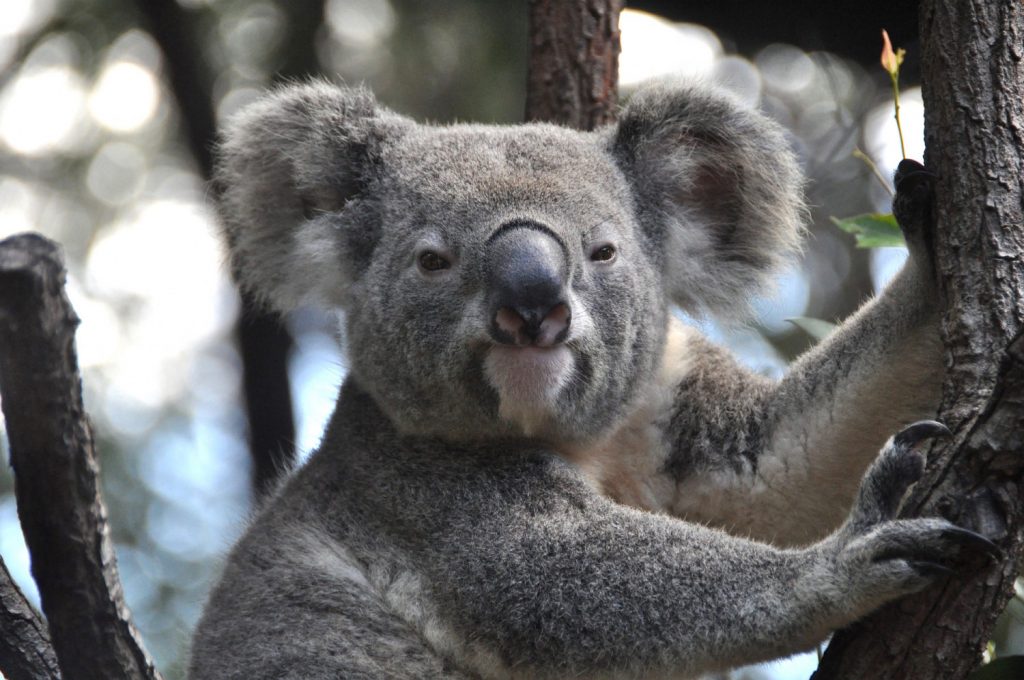A $33.5 million (AU$45 million) intervention package to protect threatened koala populations was announced by the New South Wales (NSW) Government in Australia on May 6.
Koala populations in NSW have declined by about 26 percent over the past two decades.

NSW Premier Gladys Berejiklian announced The NSW Koala Strategy that will see almost 25,000 hectares of state forests dedicated to koala habitat, along with a koala hospital and tourism center built to care for sick and injured koalas.
“It’s the biggest dollar commitment of any Govt in the country to save the Koala,” says a NSW Government video.
We have launched the biggest plan ever to protect our koalas in NSW. @gabrielleupton #koalas #NSW https://t.co/Me2LWAPb88 pic.twitter.com/zLJbtdgArZ
— Gladys Berejiklian (@GladysB) May 6, 2018
State forests making up 20,000 hectares on the Central Coast, Southern Highlands, North Coast, Hawkesbury, and Hunter regions, will be used as new koala reserves. Furthermore, over 4,000 hectares of native forest on the Mid North Coast will will be transferred to the National Parks Estate. About $20 million from the NSW Environmental Trust will be used to purchase land with prime koala habitat that can be permanently reserved as national parks.
The comprehensive policy will also involve fixing road-kill hotspots, trialling more vaccines, and engaging local communities. The government plans to trial a chlamydia vaccine, build fencing around road-kill hotspots, and develop an app so people across NSW can collectively record koala sightings.
“This is by far the most comprehensive koala strategy in the nation, definitely the strongest koala strategy in New South Wales. We know that there are around 36,000 koalas left in the state, but we don’t know that for sure,” Ms Berejikilian said.
“If we are not careful, if we didn’t announce our policy today, the future of the koala would have been in doubt,” she said. “I don’t want to have that happen on my watch, we want to make sure as a government we are doing everything we can to protect the natural environment, to protect this iconic marsupial.”
The strategies will be implemented and monitored over three years, and reviewed in 2021.
The koala was listed as “vulnerable” under the Environmental Protection and Biodiversity Conservation Act in 2012.
Recommended Video:
